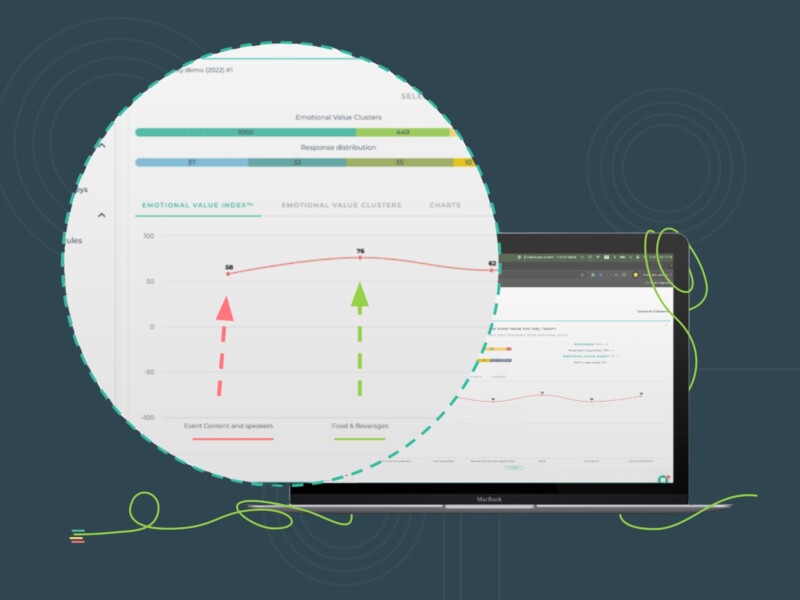Are you disappointed in your CX program because it hasn’t been able to deliver the expected results? It could even be frustrating, especially if you have put in a lot of effort into designing a strategic program you thought would help you win.
Well, don’t give up yet. The problem isn’t because CX is a lost cause. It’s because your program has strayed away from the business model or isn’t measured accurately. Worse yet, it could be because you are still unaware of how to reap the best from your CX program.
That being said, you can boost growth and customer happiness with a good CX program – one that takes the following points into consideration and fixes them.
Here are 4 common reasons why your CX program isn’t working!
1. CX KPIs are not linked with company KPIs
It’s important that your CX program is measurable for you to evaluate its benefits. However, it’s more important that the performance indicators used to measure its efficacy are linked to your company KPIs such as revenue, customer churn, etc.
If businesses fail to connect the dots between CX KPIs and company KPIs, the entire purpose of executing a comprehensive CX program is lost. After all, the effort that you invest to delight your customers should generate financial returns. For example, it’s important to understand how metrics like the Emotional Value Index™ impact the overall revenue – so that you know the power of persuading your customers with emotive and value-driven content.
2. Wrong CX KPIs are measured and followed
There are many effective KPIs that can be used to assess the success of your CX program. However, you can’t use all of them in all the situations or all the phases of the customer journey. For example, KPIs like Net Promoter Score (NPS) can only be used in the post-purchase phases as it specifically identifies customers’ likeliness to promote your brand to others based on their personal experience. Likewise, there are certain KPIs like the C-SAT score that can be used across the buyer’s journey.
Placing KPIs in irrelevant contexts obviously leads to inaccurate feedback and results. Needless to say, you wouldn’t find your CX program to be fruitful in such a case. In one of our previous articles, we explained the importance of using the right KPI for the right context at the right time. You can read more on this here and here.
3. CX is not measured across the entire customer journey
Many businesses focus only on attracting customers. But, ideally, CX metrics should be placed from pre-purchase to post-purchase level, prioritizing retention as much as an attraction.
Why? Because attracting customers is 5 times costlier than retaining existing customers. Your CX program should ensure that customers are here to stay with you! So, knowing how your customers perceive your brand even after they have completed the purchase can help you strategize on persuading customers to make repetitive purchases.
Moreover, it can be used to assess the power of word-of-mouth marketing as well. If CX metrics aren’t placed at every phase to monitor the experience your customers receive from interacting with the business, it would be difficult to understand the overall picture.
4. Focusing only on fixing what is wrong
While a CX program is a great way to identify customer pain points and other drawbacks related to your business, there’s so much more to be reaped from it. In addition to fixing what’s wrong, CX programs can also be utilized to identify key strengths of your business that can be framed in your marketing strategies to attract more customers.
You would also learn more about your customer expectations and preferences to align your sales tactics in the right direction. Utilizing customer feedback, businesses can also design loyalty programs and discount schemes to retain existing customers. The opportunities are endless!




